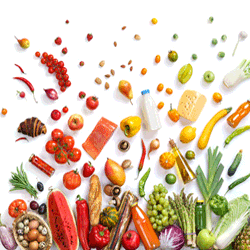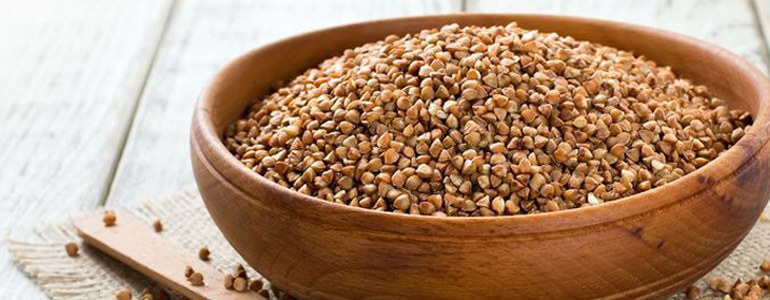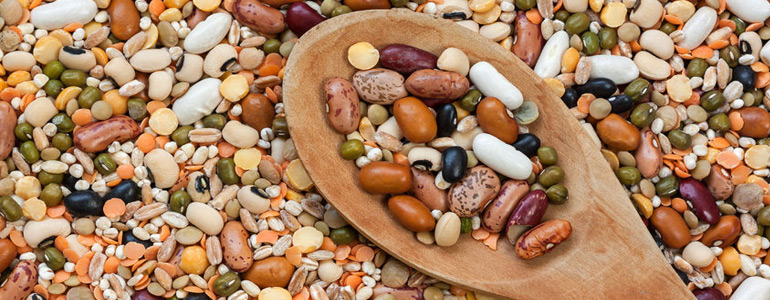
Nutrition and beauty: food tips for a healthy and balanced diet


The concept of beauty
The ideal of beauty has changed considerably in the course of human history, but biologically related to the concept of attraction between the sexes and reproductive success, to the ability to pass on their genes to their children. Once, a shapely body identified the concept of beauty; nowadays has taken over the ideal of thinness, of eternal youth and sensuality (1).
The appearance: the mirror of inner health
The search for beauty goes together with the implementation of healthy lifestyles, where the outward appearance is the mirror of the metabolic and cellular health. The extreme thinness, obtained with restrictive and unbalanced diets, can lead paradoxically to accentuate imperfections (water retention, cellulite, etc.) and a loss of muscle tone with negative effects on the health and aesthetics.
In its proper sense, the diet concept links to the meaning of a healthy and balanced diet for disease prevention and not only in terms of weight loss for aesthetic purposes.
“Let your food be your medicine and your medicine be your food“, said the ancient Greek physician Hippocrates (460 BC – 377 BC), where the nutritional supply takes a primary role in preventing and treating diseases.
The outward part of the body, which is “the presentation” to the outside world, is the skin with its skin appendages (nails, hair, etc.). Having healthy skin and hair is an important beauty and well-being index, while the opposite can mean lack of vitamins, essential fatty acids, anemia, oxidative stress, etc. Fundamental to a healthy and protected from the photo aging is therefore a good antioxidant internal barrier and optimal composition of the lipids that make up cell membranes. Both of these parameters can now detect with specific molecular analysis in order to take appropriate action with the most suitable food and, if needed, with dietary supplements.
The importance of a healthy lifestyle
 The paradox of the Western diet consists to exceed in caloric supply (in particular of sugars) and, on the other hand, to reduce the intake of vitamins, minerals and plant fibers, or with mismatches the fatty types (e.g. the tremendous growth in the consumption of saturated fats and the imbalance between the intake of polyunsaturated fatty acids Omega-3 and Omega 6 which has gradually witnessed the industrial revolution to the present day) (3).
The paradox of the Western diet consists to exceed in caloric supply (in particular of sugars) and, on the other hand, to reduce the intake of vitamins, minerals and plant fibers, or with mismatches the fatty types (e.g. the tremendous growth in the consumption of saturated fats and the imbalance between the intake of polyunsaturated fatty acids Omega-3 and Omega 6 which has gradually witnessed the industrial revolution to the present day) (3).
Excluding specific diseases or drug interactions, a healthy individual, however, could present deficiencies due to a non-optimal intestinal absorption, which can play an important role in alteration of the resident microflora (dysbiosis). It is known that the microbiota is a real organ, an ally for proper digestion and for the production of useful molecules. See the example of the short-chain fatty acids, such as propionic and butyric acid, which are produced by intestinal bacteria from raw vegetable fibers; they have an important anti-inflammatory action through immune modulation (Th-1 cells, Th-2) and the reduction of inflammatory transcription factors (NF-kB factor).
Food tips for a healthy and balanced diet
Try to follow a diet rich:
- in colors (antioxidants);
- vegetables and fruit (fiber, vitamins, minerals);
- whole grains (complex carbohydrates, vegetable protein, micronutrients and fibers)
- extra virgin olive oil and dried fruit (healthy and polyunsaturated fats);
- oily fish (protein and Omega 3);
- selected eggs and meats (quality protein and low in saturated fats);
- a good hydration.
Bibliography
(1) Voracek M, Fisher ML. Shapely centrefolds? Temporal change in body measures: trend analysis. Bmj. 2002 Dec 21;325(7378):1447-8)
(2) Piccardi N., Manissier P. Nutrition and nutritional supplementation. Impact on skin health and beauty. Dermato-Endocrinology 1:5, 271-274; September/October, 2009;
(3) Simopoulos A.P, et al.The importance of a balanced ω-6 to ω-3 ratio in the prevention and management of obesity. Open Heart. 2016; 3(2): e000385.
(4) Lozio L. I probiotici. Principi e uso nella pratica medica. Giampiero Casagrande Editore. 2017
Article by:
Nutritionist Dr. Francesco Bonucci
The diet tips, written in the article, are not intended to be a substitute for a personal nutrition plan and are to be adapted to specific cases.
Photo: 123RF Archivio Fotografico | ©puhhha, 48201519, 2017-04-05 | ©Roman Iegoshyn 52848985, 2017-04-05
- On 7 April 2017



